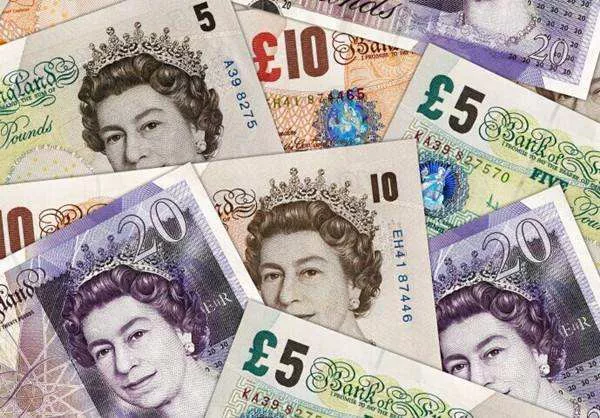GBP/USD traded higher during the Asian session on Friday, moving away from the three-month high near 1.2445 hit the previous day. However, GBP/USD remains stuck at the psychological 1.2500 mark and lacks bullish momentum, so caution is needed before placing positions on a clear move higher.
A slight pullback in U.S. Treasury yields and signs of stabilization in the stock market are discouraging traders from launching a new round of bullish bets on GBP/USD, especially after the dollar’s recent rally to its highest level since March. The fall in the US dollar has become a key factor in gaining some support for the GBP/USD currency pair. However, there appears to be a buffer to the dollar’s downside as more and more people believe that the Federal Reserve (Fed) will maintain higher interest rates for longer.
Additionally, markets still believe the Fed is likely to raise interest rates by 25 basis points before the end of the year. Stronger-than-expected U.S. macro data, including the number of Americans filing initial jobless claims last week released on Thursday, once again confirmed this expectation. The hawkish outlook should serve as a tailwind for U.S. bond yields and the dollar. This, coupled with expectations that the Bank of England (BOE) is about to end its policy tightening cycle, could weigh on the pound and weigh on the GBP/USD pair.
Indeed, Bank of England Governor Andrew Bailey told lawmakers on Wednesday that the bank was close to ending its streak of rate hikes, but warned that borrowing costs could still rise further as inflation remains high. . With neither the United Kingdom nor the United States releasing any relevant market-moving economic data, from a fundamental background, it is prudent to wait for strong follow-up buying in GBP/USD before confirming that GBP/USD has formed a recent bottom. plate.


